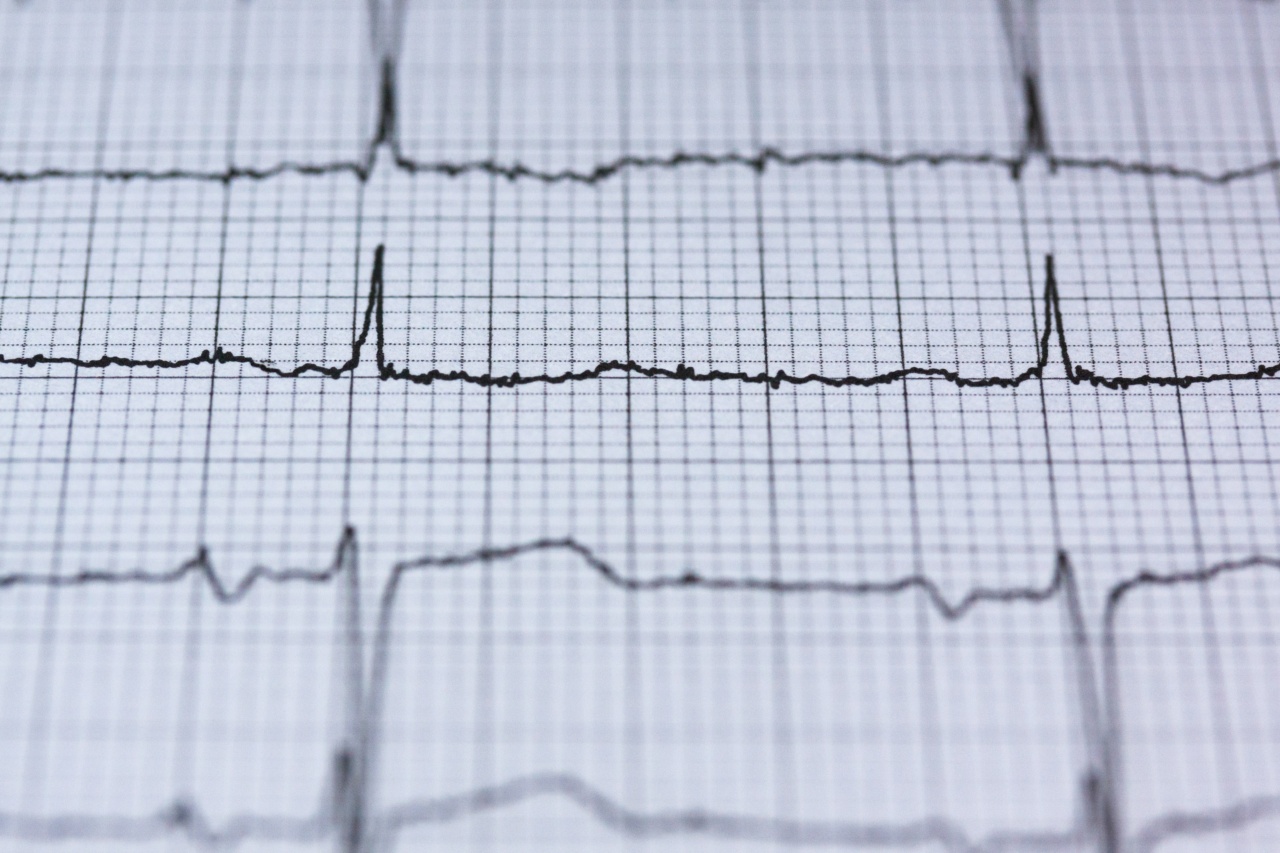Heart rhythm disorders, also known as arrhythmias, are abnormalities in the electrical activity of the heart, leading to irregular heartbeats. These conditions can range from harmless palpitations to life-threatening arrhythmias.
On the other hand, cancer is characterized by the uncontrolled growth and spread of abnormal cells in the body. While heart rhythm disorders and cancer may seem like disparate conditions, recent research has suggested a possible association between the two.
Understanding Heart Rhythm Disorders
The heart’s electrical system controls the rate and rhythm of heartbeats. Normally, the heart follows a regular pattern of electrical impulses, resulting in a steady heartbeat.
However, certain factors can disrupt this electrical activity, leading to heart rhythm disorders.
There are several types of arrhythmias, including:.
Atrial Fibrillation (AF): AF is one of the most common heart rhythm disorders, characterized by irregular and chaotic electrical signals in the upper chambers (atria) of the heart.
This can lead to an irregular and often fast heartbeat.
Ventricular Arrhythmias: Ventricular arrhythmias originate in the lower chambers (ventricles) of the heart.
These can range from benign PVCs (premature ventricular contractions) to life-threatening ventricular tachycardia or ventricular fibrillation.
Bradyarrhythmias: Bradyarrhythmias are characterized by a slow heartbeat, often caused by a malfunctioning SA (sinoatrial) node or AV (atrioventricular) node.
Possible Association between Heart Rhythm Disorders and Cancer
In recent years, researchers have observed a potential link between heart rhythm disorders and the development or progression of certain types of cancer. While the exact mechanisms remain unclear, various hypotheses have been proposed:.
1. Common Risk Factors
Heart rhythm disorders and cancer may share common risk factors such as age, smoking, obesity, and poor lifestyle choices. These factors can impact both cardiovascular health and increase the likelihood of developing certain types of cancer.
2. Inflammation
Both heart rhythm disorders and cancer are associated with chronic inflammation. Inflammation plays a vital role in the development and progression of cancer and can also contribute to the electrical remodeling of the heart, leading to arrhythmias.
3. Shared Genetic Predisposition
Some genetic mutations or variations could potentially increase the risk of both heart rhythm disorders and cancer.
For instance, certain gene mutations that affect ion channels in the heart may predispose individuals to both arrhythmias and certain types of cancer.
4. Cardiac Toxicity of Cancer Treatments
Some cancer treatments, such as certain chemotherapy drugs or radiation therapy, can have detrimental effects on the heart. These treatments may disrupt the heart’s electrical system, leading to the development of arrhythmias.
5. Autonomic Nervous System Dysfunction
The autonomic nervous system controls many bodily functions, including heart rate and rhythm. Dysregulation of this system can contribute to the development of both heart rhythm disorders and cancer.
Clinical Implications and Future Research
The potential association between heart rhythm disorders and cancer has implications for both clinical practice and future research.
Understanding this relationship can lead to better risk assessment, management, and treatment options for patients with both conditions.
Further research is needed to explore the underlying mechanisms and factors contributing to this association.
Long-term observational studies, genetic analyses, and clinical trials are necessary to establish causality and develop targeted interventions.
Conclusion
While the relationship between heart rhythm disorders and cancer is still being explored, emerging evidence suggests a possible association.
The understanding of this connection can potentially impact the management and treatment of patients with both conditions. Further research is required to untangle the intricate web linking heart rhythm disorders and cancer.































